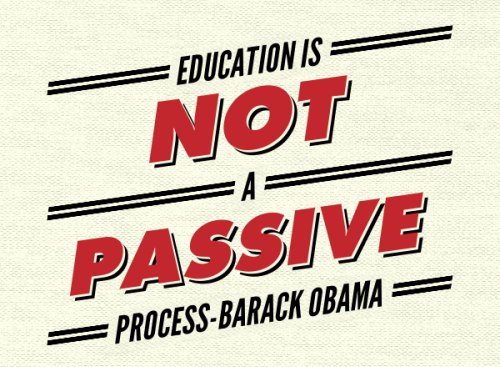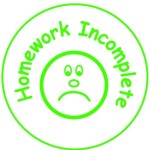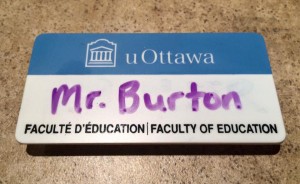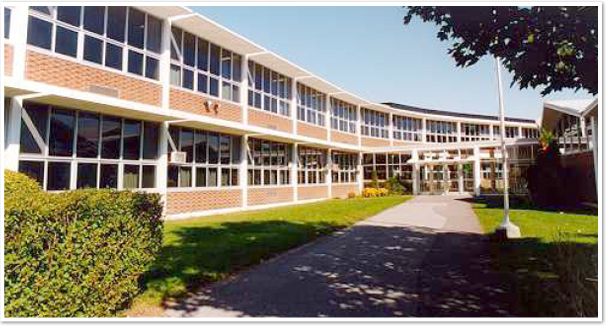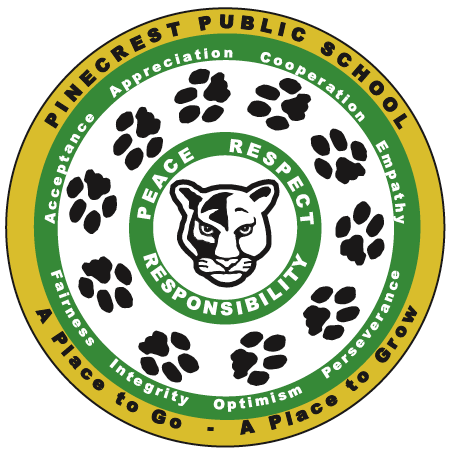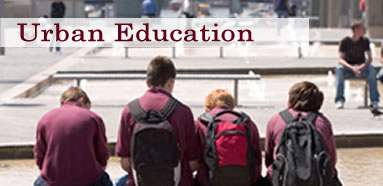Student Voice: A Response to “The Class”
The Class/Entre les murs introduces us to a year of teaching in an intercity school in Paris. With a group of unmotivated and disrespectful students, teachers are not able to take a regular approach to teaching; they must create their own style that targets the students within their classroom. Throughout the film, the audience questions the topic of “student voice” and whether or not M. Marin and the school are providing their students with enough opportunities to achieve this. Student voice involves providing students with a platform to share their input and be heard in a receptive way. While the concept seems great, just how valuable is student voice?
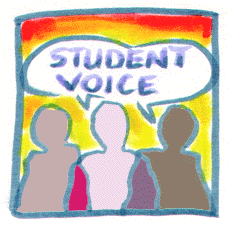
I often catch myself asking the question, “What is the ultimate purpose of education?” Is it simply to learn a bunch of different things that the government deems valuable? Is it to prepare students to find a job and work? Is it to teach students to be contributing members of society? What I’ve come to find is that the purpose of education is far more complex, proving to have more purposes that I could ever define. But how much more could the students gain if they were contributing to their own education?
Students learn about issues in the world (pollution, racism, etc.) and people who are remembered for something great (Laura Secord), but are students being prepared to tackle these issues and be remembered for their contributions? I believe that teaching students about being a leader and a contributing member of society isn’t enough; we must provide them with the tools and characteristics to become that leader. By allowing students to have their voice heard and to be an active contributor to their education, they will come to realize that their actions and decisions can make a difference and they can bring positive change to the world around them.
Edutopia provides us with three reasons why student voice is key:
- What students have to say matters in how learning happens.
- Students have untapped expertise and knowledge that can bring renewed relevance and authenticity to classrooms and school reform efforts.
- Students benefit from opportunities to practice the problem solving, leadership and creative thinking required to participate in a decision-making school community.
http://www.edutopia.org/blog/sammamish-2-including-student-voice-bill-palmer
As a teacher, we must learn to share the power of the classroom with our students, allowing them the opportunity to hold the reigns of their own education. Not only does this make students more engaged in their learning and learn more content because of their engagement, but it prepares them to be the best person that they can be. This is all we can really hope for as teachers.
